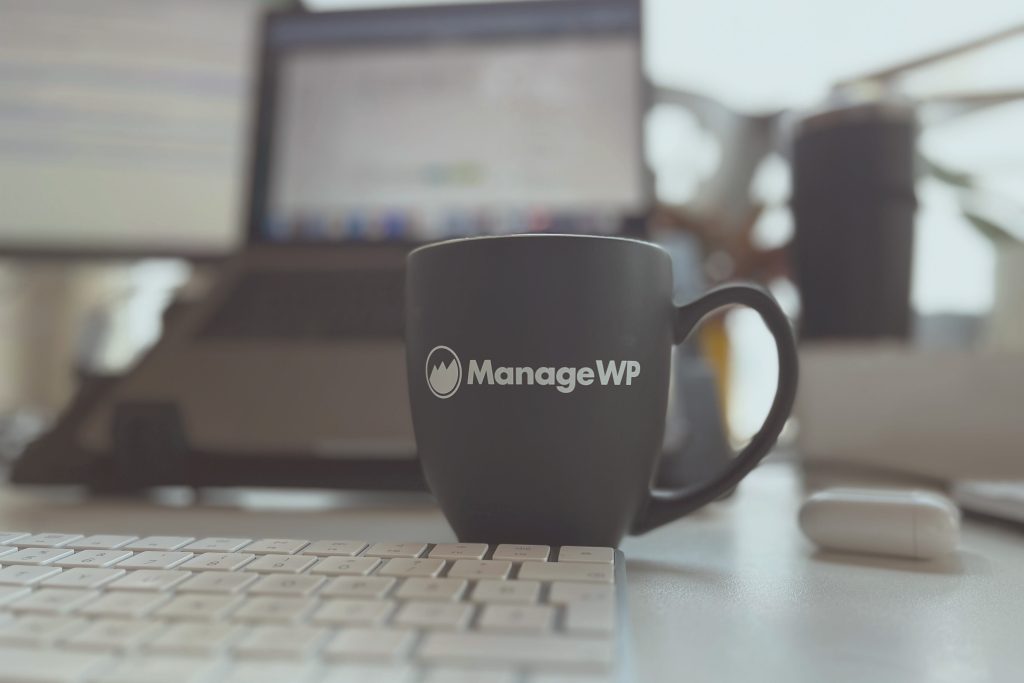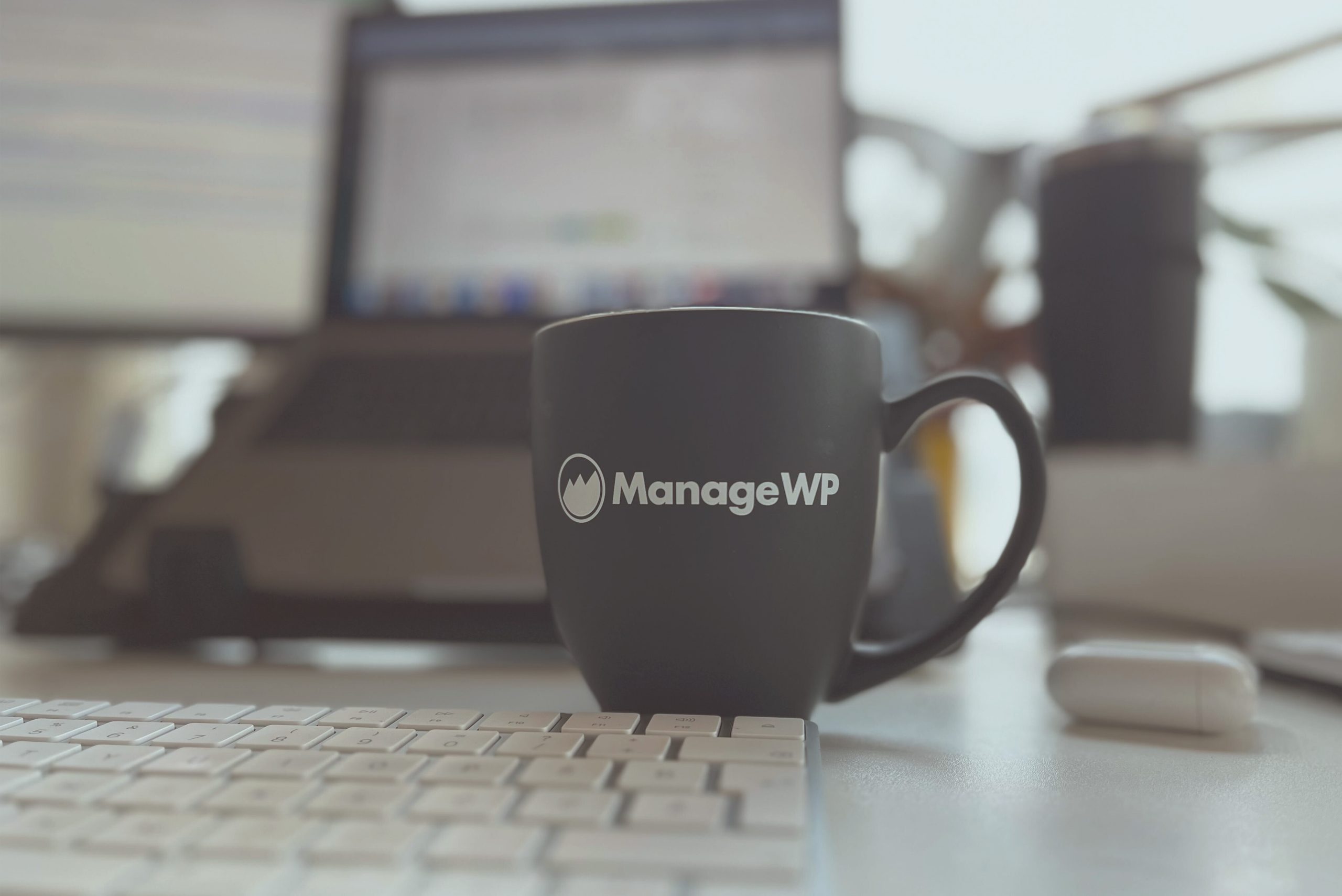Once upon a time, WordPress was a simple blogging platform. Over the years, it has become the most powerful tool for building all kinds of websites. The same can be said for Stefan Karamancic, ManageWP’s Support veteran. He’s here with us today to break the ice and welcome everyone to our “Expert Insights” blog series, where we’ll interview the ManageWP Support team and give you an insight into the experience and dedication they bring to the table as well as some troubleshooting techniques they use daily.
What did WoW and girl bloggers have in common back in 2009? I heard the answer is – you. Is this correct? Can you walk us through how you started in the WordPress industry?
Well, you could say that. The truth is, both lead to sparking an interest in pursuing a career in web tech. Some 15 years ago, I met a girl and had no idea she would be the one… to introduce a whole new world to me, the World of WordPress! She had a personal blog on WordPress.com, and I helped her tweak the appearance a few times. We did some custom CSS here and there, and I helped her get the most out of the free themes we had available back then. It was a different time; everything was less customizable, so we often had to rely much more on custom functionalities and tweaks.
As I was passionate about tech and curious about the possibilities for applying my newly-found knowledge, I started using WordPress for a few of my projects. I built a few guild forums and some simple websites, primarily for my family and friends. Keeping them up to date, and adding new functionalities over time helped me get down to the nitty-gritty of building websites with WordPress. Looking back, having those passion projects really made the whole learning process feel like a breeze. I wasn’t learning to land a job; I was learning to improve my passion projects. Nowadays, we have a lot of plugins and themes, and the industry has evolved so much. You can build amazing websites with little to no coding.
In today’s world, we’re constantly bombarded with information as new stories, sources, and trends are cropping up daily. How do you stay up to date on the latest developments in WordPress?
That’s a great question. I found it helpful to define the areas that interest me and keep an eye on a few news sources for each to stay in the loop.
I like WP Tavern and the official WordPress website (especially Developer Resources) for general WordPress knowledge and community news. Besides reading the announcements of what’s to come, I like to stay connected with the WordPress community. Official WordPress Slack is a great place to hear news and ask for help from other community members.
Another great website is WP Beginner. It covers various topics and constantly releases and updates their guides and articles. If you’re looking for the basics, you can’t go wrong with WP Beginner.
The next area I find to be important is website security! Sucuri and WordFence newsletters, and blogs, are my go-to sources for staying informed on website security, as that is always a cat-and-mouse game.
As for the broader web tech news, I follow CSS tricks, The Register, and Smashing Magazine.
How do you approach problem-solving and troubleshooting when it comes to WordPress?
The same way I stay on top of new developments, I identify the area affected by the issue and gather as much information as possible before I start investigating. I usually start by confirming if it is limited to a specific component or action. What the expected result should look like? Is this something that I’m able to reproduce reliably or not? Does the same thing happen on any other websites?
Then, when I have all that information, I start by replicating the process step by step and follow it as it unfolds. It is helpful when error logging is enabled, as the fastest way to see where something breaks are through those logs. When there is some useful information in the logs, I can find a solution to a problem quickly, see if it gets resolved, and then try again. For example, if a plugin is not updating, I always try to rerun the update or try and update Hello Dolly or some other basic plugin on the website. If the process fails, I can then check the logs and find the exact responses the website or server received. Was it file permissions, a license issue, or a critical error because the server ran out of memory? Whatever it is, having access to error logs makes the troubleshooting process easier.
Also, an issue can have multiple causes, so it’s not uncommon to have another one pop up after you solve the first one. In those situations, you must remain focused on the original issue and follow the thread until you untangle it.
With that approach, you must have some interesting stories to tell. Can you share an example of a particularly challenging support case you’ve helped resolve?
Yes, the juiciest website cloning requests somehow find their way to my inbox. You might say I’m a magnet for cloning mishaps! A few years back, we got a ticket that a user needed help cloning their website. The case was that their live website went down after they started a clone. At first, I was surprised because our Clone tool has no interactions with the website being cloned, as we use a backup that is stored on our servers, so this was highly unusual. I reviewed the ticket several times and got a fresh cup of coffee, trying to map out and retrace our user’s steps. The mystery deepened when I went in to replicate the issue and got the same result.

I checked the plugins, themes, and web server settings to try and see what was behind this, but nothing out of the ordinary was showing up. At that moment, I thought, “let’s get back to basics and start from the top.” The inner workings of our tool are quite simple:
- Before cloning or mitigating a website, a backup has to be created. Checked!
- Then we transfer that backup to the destination server. Whether we do it via PHP or FTP connection, it is still the destination server and should not be able to affect the source website in any way.
- In the final step, extract the files on the new server, and import the database. Again, it’s a new server with no obvious connection to the source.
“When you have eliminated the impossible, whatever remains, however improbable, must be the truth.” –
Sherlock Holmes
This is where I channeled my inner Sherlock Holmes and started crossing things off the list. It quickly became obvious that the only step where a mixup could lead to crashing the source website is the database import in the final cloning stage. As it turned out, both websites (source and destination) were on the same hosting plan, and the database credentials the user sent us were for the live (source) website and not for the destination. That is usually not an issue, as database servers are typically set up with restricted access. Still, in this case, both websites could connect to both databases, and our Clone tool imported data into the wrong database. Once I verified that with the user, I was then able to help and guide them through the cloning process. Luckily, we haven’t had anyone trying this since, but testing and confirming the database origin was added to our procedures.
And what about some common misconceptions or challenges users have while using ManageWP?
Luckily, there aren’t many. I like to think the reason for this is an intuitive UX design. My favorite one to guide our users through has to deal with the website URL, which is more along the line of how DNS works really. When you visit a website in your browser, you usually type in the URL and hit enter, and do not think about whether there’s www or not or if you typed HTTP or HTTPS. You let your browser deal with that kind of thing.
When adding a website to ManageWP, you must pay attention to these things. The way DNS works, there can be a huge difference between www.example.com and example.com, or between http://www.example.com and https://example.com. They both may lead to the same website. But it is also possible they lead to two completely different websites! We see this often with website migrations or ownership changes, as that’s when such DNS changes are most likely to happen.
My advice to everybody attempting to connect their website is “when you’re filling in the website URL in ManageWP, let your browser do the work, and just copy and paste the URL of your homepage from the address bar.
Stefan Karamancic, ManageWP support
Can you share any tips for users on how to effectively communicate with the support team to get the help they need?
Sure thing! When reaching out to us, it’s always a good idea to include the exact steps you took to help us replicate the issue right away. Ideally, you’ll send us a bulleted list, or if you’re more of a storyteller, it can’t hurt to be as specific as you can when describing what you’re reaching out about. With enough information, we can start the troubleshooting process as soon as we get your initial support ticket and not have to write back asking you to elaborate further.
Also, I noticed that more people need to attach screenshots. Sometimes, we’re not able to replicate the issue you’re reporting, and having a screenshot of what you see on the screen can be of great help!
I know that it doesn’t seem much, but these simple things can significantly save time and get us to a resolution sooner than going back and forth a few times.
That sums up our interview with Stefan. If you have any questions for him, or you have any suggestions for who should we interview next, leave a comment below!

Leave a Reply